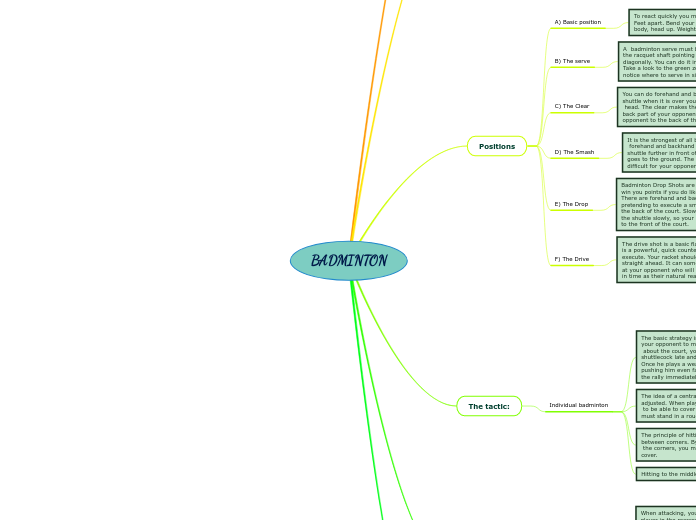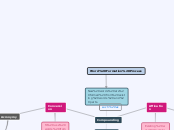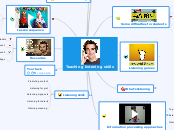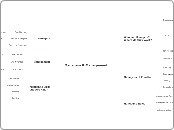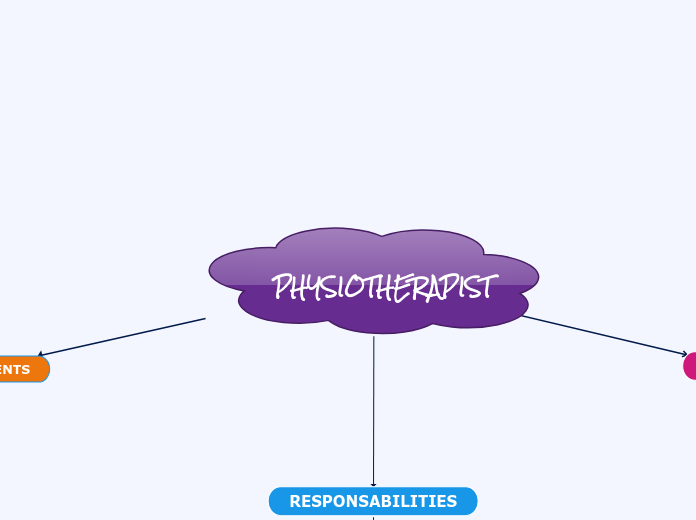von Celia Asencio Vor 2 Jahren
695
Batminton 3c celia
Badminton is an intense racket sport known for its fast pace, with shuttle speeds reaching up to 260 km/h. It enjoys significant popularity worldwide, particularly in Asia and parts of Europe, such as Denmark and the U.
